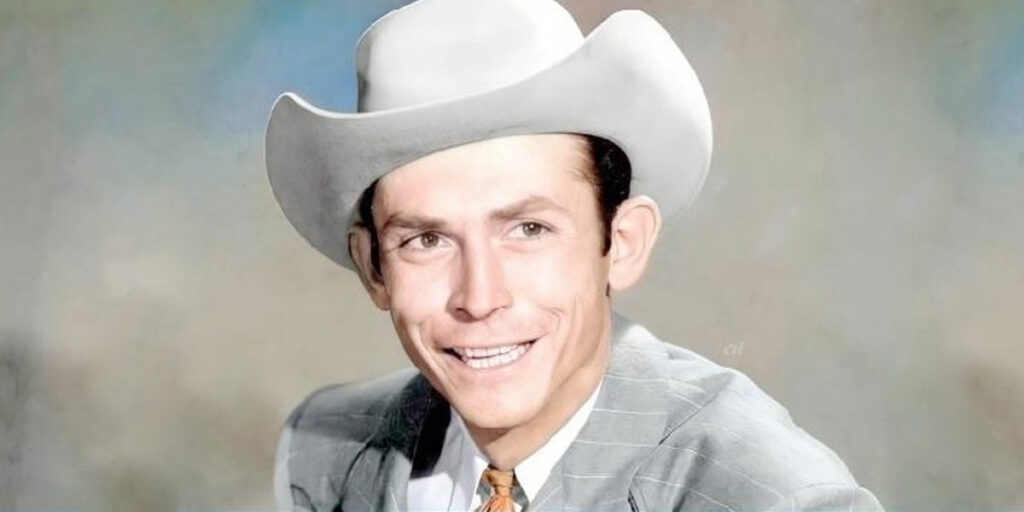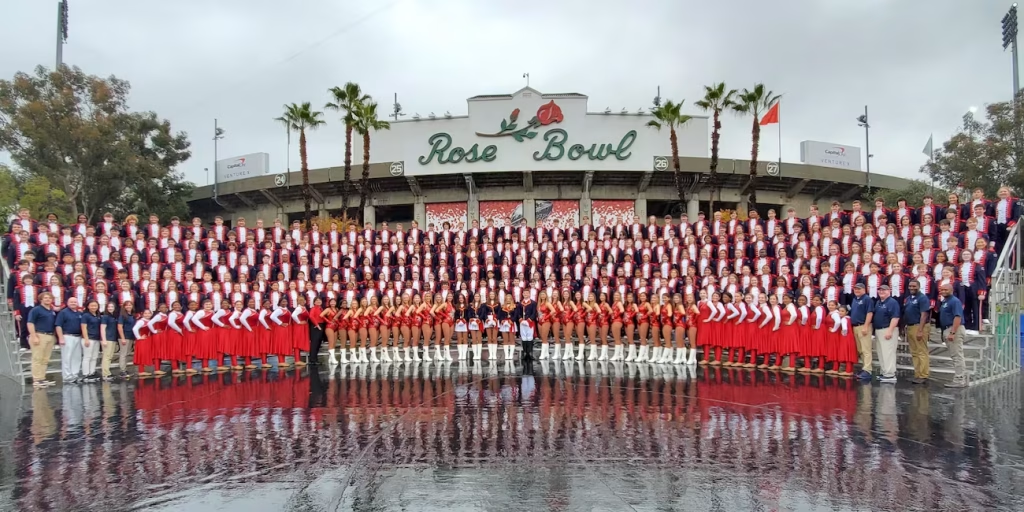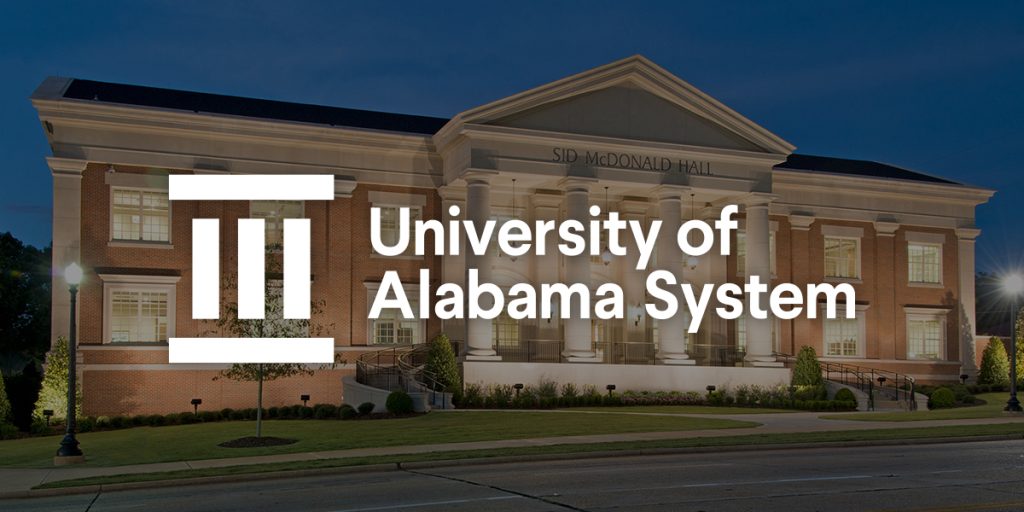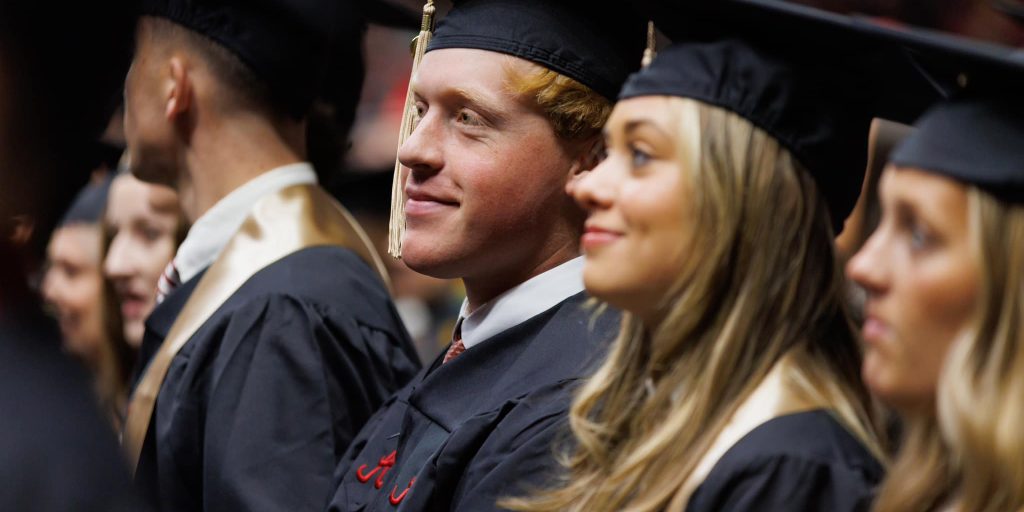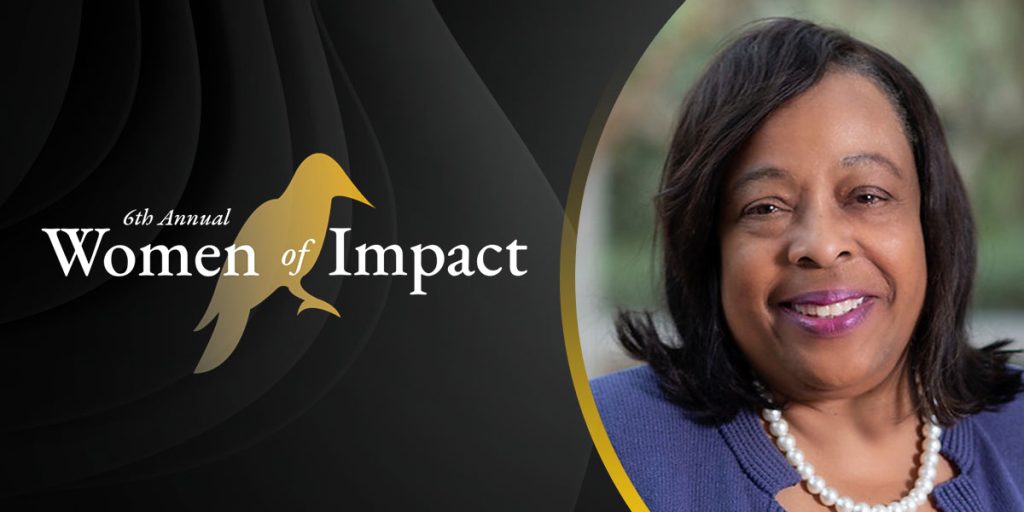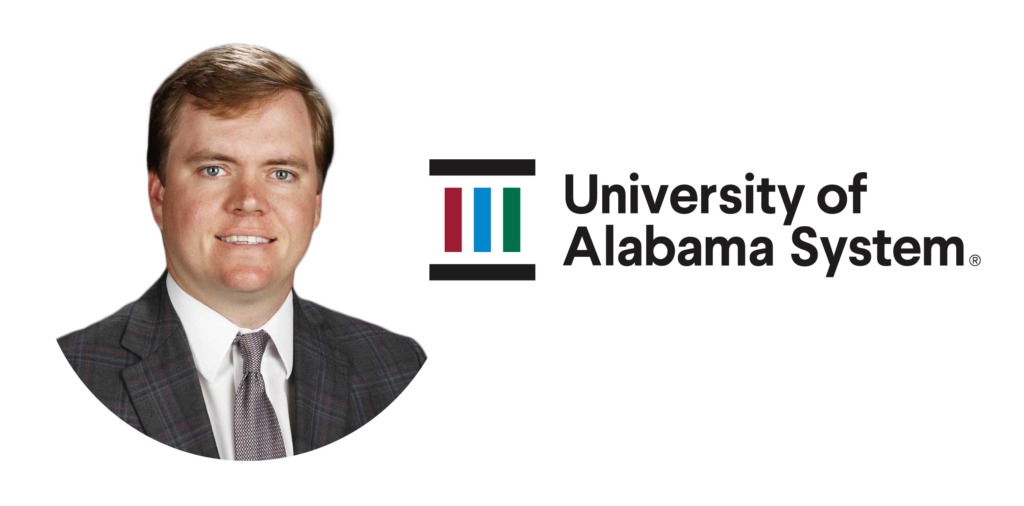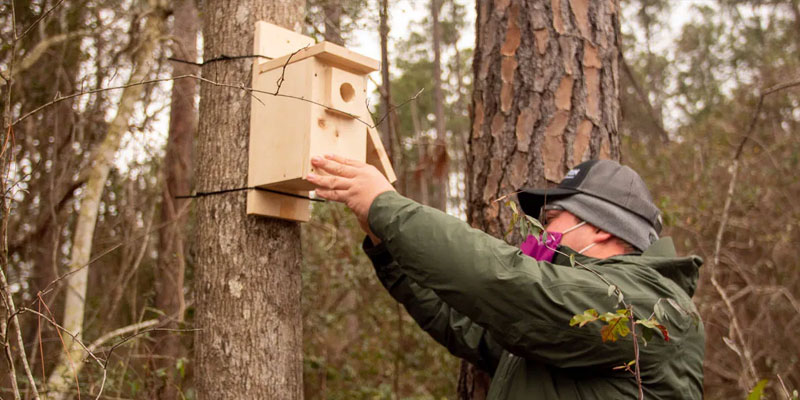Nursing faculty and their students from The University of Alabama in Huntsville (UAH), a part of The University of Alabama System, have joined the front lines in the fight against the global pandemic by working to administer COVID-19 vaccinations to recipients in six north Alabama counties.
“The UAH College of Nursing (CoN) has always been invested in the community. In fact, community engagement and outreach is a major component of the CoN strategic plan,” says Dr. Marsha Howell Adams, CoN dean and professor. “Providing nursing support to North Alabama counties and academic institutions during this pandemic through the administration of the COVID-19 vaccine has been one of the most fulfilling clinical experiences our nursing students have had or will ever have.”
“I am very proud of the work our students and instructors have done during this crisis period,” adds Dr. Amelia Lanz, associate dean of undergraduate programs.
With much course work being done online and normal hospital clinicals temporarily on hold due to the virus, CoN administrators saw this project as an innovative way to provide their students with vital hands-on experience, while at the same time performing a life-giving service for people in Jackson, Lawrence, Limestone, Madison, Marshall and Morgan counties.
“We were unable to go into the hospital, and so our dean was approached by the health department and asked if our students could participate in administering the COVID-19 vaccine,” says Dr. Miranda Smith, a clinical instructor in the UAH CoN. “We thought it would be a great service for our students to provide these communities, and so we started scheduling the students in our clinical groups to work with the health departments.”
The vaccination experience was included as part of the clinical work in a course known as NUR 308: Nursing Care of Adults. Lead instructors in the UAH CoN organized the schedules for the inoculations and were responsible for overseeing students in small groups deployed throughout the region. For her part, Smith supervised the field work, assisted by Dr. Rebecca Davis, a clinical assistant professor, as well as clinical instructors Charles Reynolds and Amy Darnell.
“I’m the manager of this course, and all three of these full-time faculty are on my team,” Smith explains. “We also have part-time clinical faculty as well as graduate teaching assistants participating in this initiative. Each of these faculty take a group of eight students to the county health departments, and they [the recipients] come to the health department to receive their vaccine.”
“Huntsville Hospital has had so many COVID patients, that all nursing programs were not able to go into the hospital until February 15,” Davis says, explaining why the UAH faculty had to think outside of the box to provide needed training for their students.
“We replaced a couple of weeks of clinicals with the COVID vaccinations so students could still get some patient interaction,” Smith adds. “Pretty much all of our students are really proficient at administering injections and other nursing skills. But this gave them a lot of interaction with people in the community, the health department and working with other health care professionals.”
The faculty report that when their nursing students learned they were going out in the community to administer vaccines, they saw the experience as a wonderful opportunity to help out and did so without hesitation.
“The majority of them, from the feedback I got, liked working during the pandemic and felt it was their way of giving back to the community,” Smith says. “They would say things like they were able to put a smile on a person’s face, that they were making a difference. Many of the people were elderly.”
“We worked in small groups,” Davis notes. “In my group we got to vaccinate most of the teachers in Limestone county! We liked the opportunity to help make them safe, and the students liked that these teachers were having to take instructions for a change rather than giving them. They were having a lot of fun with it.”
The students were involved in the prescreening, completing all the paperwork and performing the actual administration of the COVID vaccine. They also monitored each recipient for 15 minutes after they received their vaccination. In all, the student teams inoculated over 1,000 people seeking a dose.
“A couple of groups did more than 150 per day,” Smith says. “We were focusing on the above-70 population.”
“My lowest day was maybe 50,” Charles Reynolds chimes in. “How many got the vaccine all depended on the patient plan.”
At times the workers found the response to the vaccination program to be almost overwhelming. The four instructors say that cars were backed up for miles in Morgan county alone.
“Sometimes we had a batch of vaccine come in all at once, and we’d put the sign out that we were doing walk-ins, and then it would get crazy!” Davis says.
“In Morgan county we were set up outside under a tent, and we would administer vaccines to people in their cars,” Smith says. “But in Limestone county they had their own separate rooms, so that would dictate how many we could do a day. We’d go administer their injection in the car and monitor them. If they were older, we could do everything in the car, the pre-screening, the paperwork, administering the vaccine and then monitoring them.”
All in all, there was plenty of hands-on interaction to go around and provide the students with valuable experience. Speaking of which, one might wonder what those first moments were like for the students giving their first injections. Were they nervous?
“Not really nervous, but it was a different environment, so they had to learn the protocol,” Smith says. “None of our students had ever administered vaccines before. At first it was just learning the steps, what do you do to make sure all the paperwork is correct, etc. They were scared of hurting the patient, but once they got the confirmation that it was okay, that helped. They’d say, ‘Give me another one, give me another one!’ They really worked hard to track what time they got it, did I do this right, did I do the follow-up? And they took lots of pictures! They’re probably never going to experience anything like this ever again, so they were very excited.”
“They definitely had this sense of how this was going to go, but they didn’t let it stop them, thinking, I’m just going to make the best of it, do the best I can,” Reynolds adds.
“I was more scared of doing the paperwork,” Amy Darnell says. “But the director at the health department would say, ‘you’ll be fine, you won’t mess anything up.’”
Davis smiles and says, “Mine mostly were saying things like, ‘I can’t believe we are doing this! We are actually helping to fight the pandemic!’”
The fact that many of the students were serving in their own communities across north Alabama became a special point of pride for the nursing students.
“It helped that there were lots of students from those areas. They live in those counties!” Reynolds says. “So when we went there, and they were able to do this where they lived, it gave them a sense of community building, thinking, I know some of these people! They are from my neighborhood.”
The program has also had a special impact on just what it means to be a nurse and to train nurses in a time of challenges and uncertainty.
“A lot of them have become more gracious about what they are doing,” Smith says. “They actually understood how people have to work together during times of crisis. We have become so fluid in the CoN. We just do what we have to do. Many of my students said to me, this has all made me realize as a nurse we have to be prepared for anything, and that teamwork and flexibility is so important!”
And what has been the reaction of the people receiving the vaccine?
“The patients were grateful,” Smith says. “There were some who would cry. They loved having the students there. They would take pictures with them to save as mementos. They would say things like, ‘You didn’t hurt me.’ You could tell they were saying it to make us feel good. Every student said things like ‘that person left with a smile.’”
“They told us things like a lot of people in their community have died from COVID-19,” Davis notes. “There were some really grateful people.”
Considering all that has happened over the past year, one might ask how different has it been for these four as faculty compared to expectations they might have had in the past?
“Everybody just kind of pitches in,” Smith says. “We did a lot of in-class activities anyway, so when we went totally online, all lectures were prerecorded, and we’ve actually continued that in class. We do have high expectations for our nursing students. It’s just a different way of teaching for the students, but we’ve had great feedback from what we’ve been doing.”
“We’re always trying to adapt and be creative anyway,” Davis explains. “So it was different, but we’re always kind of practical in how can we provide all the learning experiences.”
Do the instructors have any plans for helping with future vaccinations?
“We’re also going to be helping Alabama A&M and UAH on a volunteer basis to administer the vaccine,” Smith says.
(Courtesy of UAH)





